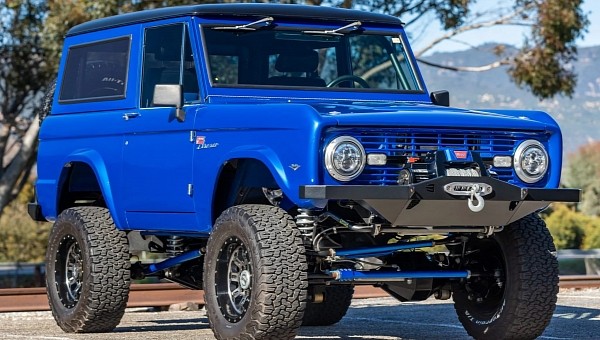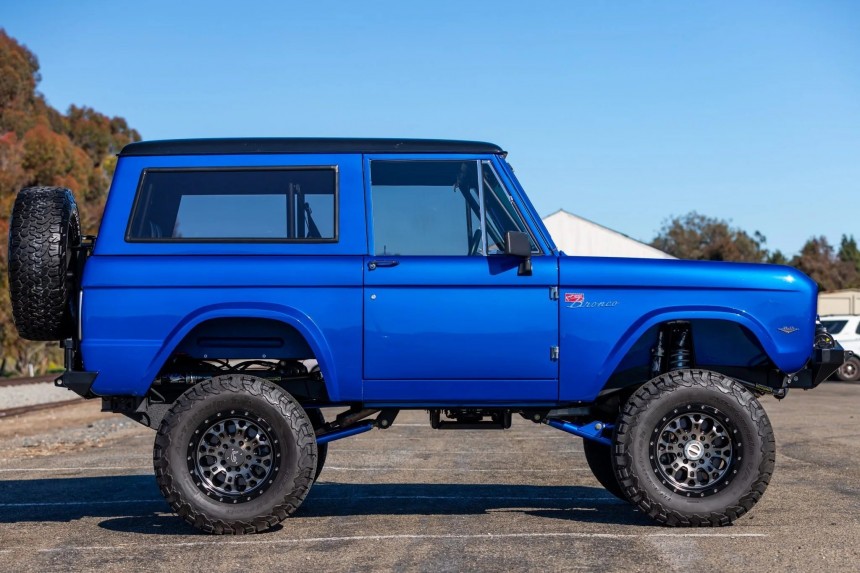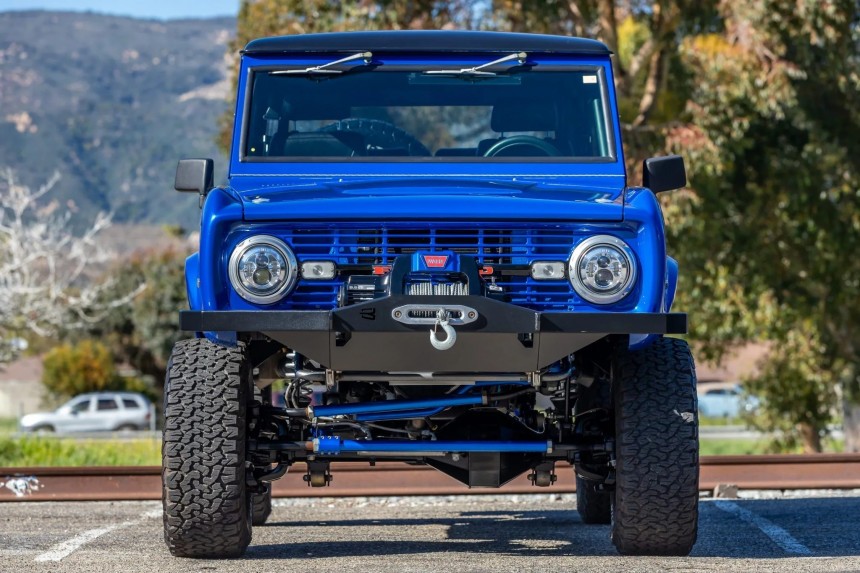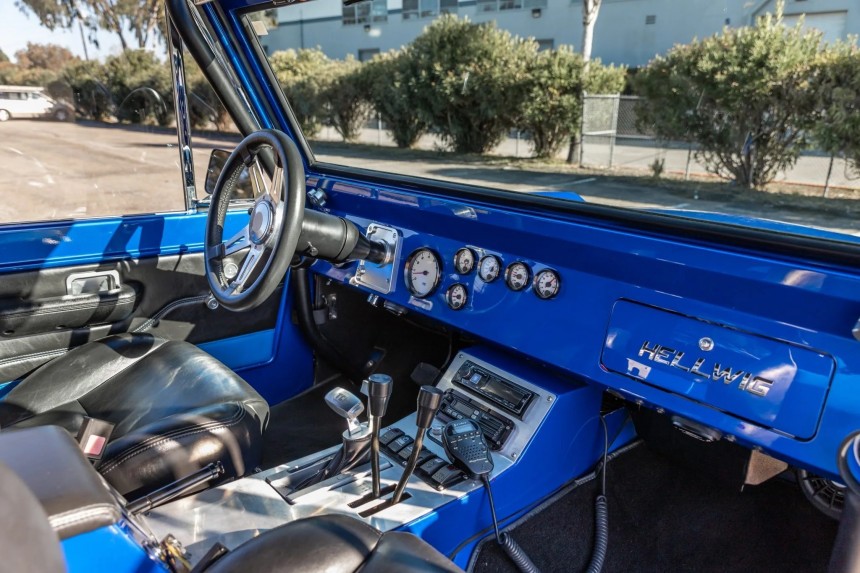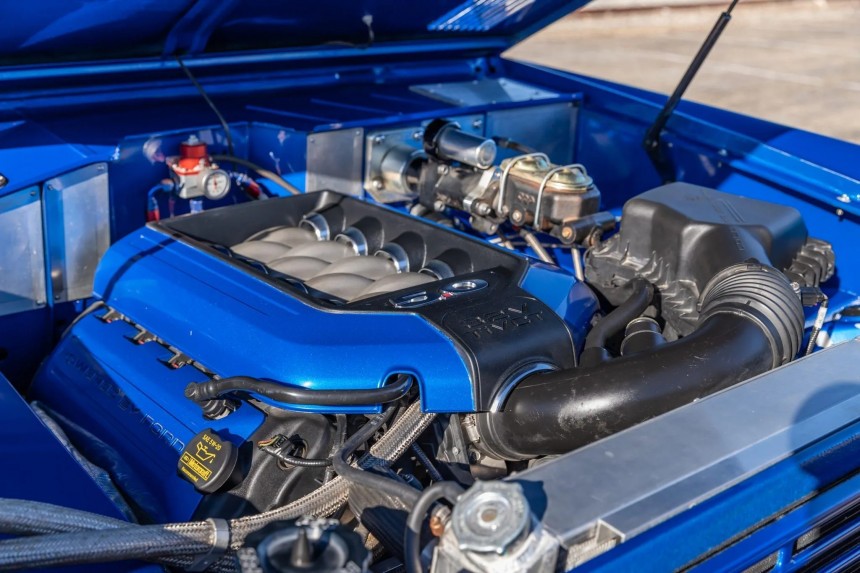Long before the Ford Raptor tore up off-road trails and the Explorer invaded the American highways, there was the Bronco. The boxy four-by-four set the trend for all-terrain vehicles for decades to come, so let’s dive deeper.
The Mustang was born in 1964 at the idea of Ford’s product manager, Donald Frey. But that wasn’t the only revolutionary idea that he had. A vision of a multi-purpose vehicle (SUV nowadays) also grew in his mind.
Apart from the Jeep CJ and the International Harvester Scout, there was no American vehicle that fit the bill for great capabilities on and off the road. So Donald Frey, alongside engineer Paul Axelrad, got to work finishing the clay models in 1963. Lee Iaccoca gave his approval of the final form the following year, and in 1965, the Bronco was revealed to the public.
The first generation Bronco was built on chassis specifically made for it - so no sharing here, it got its own platform. This frame is placed right between its competitors, the Jeep CJ5 and the Scout, in terms of size. This rather compact size almost made it way more maneuverable than its truck counterparts.
The suspension setup was revolutionary. As opposed to its rivals, who only had leaf springs, the Bronco had coil suspension in the front, making it superior both on the road and off the beaten path.
The design was really simple. That was so because, as I said, it was built on an entirely different platform than Ford’s other models - so it was pretty bare-bones and flat, to say the least. It was originally offered in three body options - a pick-up, a wagon, and arguably the coolest one yet the most unpopular at that time, a roadster.
For the power plant, it originally got a heavy-duty 2.8-liter (170 ci) straight-six with 90 hp (91 ps), but you could also opt for a 289 (4.7-liter) or a 302 (4.9-liter) V8. Power was sent to all four wheels through a choice of three-speed manual or automatic transmissions and a Dana 20 transfer case and locking hubs.
The first-gen Bronco would stay in production for 11 years, until 1977, when it was replaced. The second generation was different in its philosophy, though. The trend for SUVs shifted from utilitarian practicality to more on-road comfort. Thus, the rugged form of the Bronco was gone.
The following iterations got more and more comfortable and refined. The Bronco lived on for five generations, until 1996, when it was replaced with the Expedition. That said, the Bronco was revived in 2020, with a cool, retro-inspired design. But today we are talking about the original. Here we have a 1968 Bronco, ready to fulfill all of your rugged, bare-bones car dreams - and did I mention it’s pretty far from stock? Let’s take a look.
The list of modifications is pretty extensive, as it is a custom SEMA build. So I’ll start from the ground up and go over everything. First of all, it sits on 17-inch wheels with BFGoodrich rubber wrapped around them. Behind said wheels, it has four-wheel disk brakes, a massive and needed upgrade - but more on that later.
Making sure you can tackle any trail and mountain that dares stand in your way, this Bronco has Fox racing shocks, Hellwig sway bars, Currie axles, and Yukon locking front hubs. The last immensely impressive thing under it is the custom-fabricated Art Morrison chassis - so safe to say it’s ready to tackle anything, even cruising on the coastline.
On top of that custom chassis sits the boxy body that was repainted blue with a black removable roof. The extras on the outside don’t end here, though, as it has aftermarket headlights, a winch in the front, Bailie Bilt bumpers, and a roll cage.
Stepping inside, you are greeted by leather bucket seats finished in black with blue inserts. Upon sitting in them, you will find a leather-wrapped aluminum steering wheel, a TCI shifter, aftermarket speakers, and a period-correct CB Radio.
Now, we arrive at the main attraction of this Bronco - what’s under the hood. As I said, it originally came with quite a few engine options, but powering it is something entirely different. It still is a V8, but no ordinary one. No, this is a Coyote engine from a Mustang. Whether or not the power unit is stock or not isn’t disclosed, but even so, the original 450 hp (456 ps) of the Coyote engine should be more than enough for this application.
Sending all that oomph to all four wheels is a six-speed automatic transmission and a dual-range Atlas twin-stick transfer case. It also has a 21-gallon (80-liter) fuel tank - to ensure that you stay on the trails for as long as possible - and a Yukon Grizzly locking rear differential to keep you going through any conditions.
This Bronco is up at auction in sunny Santa Barbara, California. It currently sits at 100,000 dollars with six days left on the auction. The odometer shows 2,300 miles (3,300 km), but the total mileage is unknown - not that it would pose any problems with this level of a rebuild. The car is offered with a clean California title.
Whether this beast will see off-road trails or not, it is a sight to behold. A modern feel in one of the best retro packages.
Apart from the Jeep CJ and the International Harvester Scout, there was no American vehicle that fit the bill for great capabilities on and off the road. So Donald Frey, alongside engineer Paul Axelrad, got to work finishing the clay models in 1963. Lee Iaccoca gave his approval of the final form the following year, and in 1965, the Bronco was revealed to the public.
The first generation Bronco was built on chassis specifically made for it - so no sharing here, it got its own platform. This frame is placed right between its competitors, the Jeep CJ5 and the Scout, in terms of size. This rather compact size almost made it way more maneuverable than its truck counterparts.
The design was really simple. That was so because, as I said, it was built on an entirely different platform than Ford’s other models - so it was pretty bare-bones and flat, to say the least. It was originally offered in three body options - a pick-up, a wagon, and arguably the coolest one yet the most unpopular at that time, a roadster.
For the power plant, it originally got a heavy-duty 2.8-liter (170 ci) straight-six with 90 hp (91 ps), but you could also opt for a 289 (4.7-liter) or a 302 (4.9-liter) V8. Power was sent to all four wheels through a choice of three-speed manual or automatic transmissions and a Dana 20 transfer case and locking hubs.
The first-gen Bronco would stay in production for 11 years, until 1977, when it was replaced. The second generation was different in its philosophy, though. The trend for SUVs shifted from utilitarian practicality to more on-road comfort. Thus, the rugged form of the Bronco was gone.
The list of modifications is pretty extensive, as it is a custom SEMA build. So I’ll start from the ground up and go over everything. First of all, it sits on 17-inch wheels with BFGoodrich rubber wrapped around them. Behind said wheels, it has four-wheel disk brakes, a massive and needed upgrade - but more on that later.
Making sure you can tackle any trail and mountain that dares stand in your way, this Bronco has Fox racing shocks, Hellwig sway bars, Currie axles, and Yukon locking front hubs. The last immensely impressive thing under it is the custom-fabricated Art Morrison chassis - so safe to say it’s ready to tackle anything, even cruising on the coastline.
Stepping inside, you are greeted by leather bucket seats finished in black with blue inserts. Upon sitting in them, you will find a leather-wrapped aluminum steering wheel, a TCI shifter, aftermarket speakers, and a period-correct CB Radio.
Now, we arrive at the main attraction of this Bronco - what’s under the hood. As I said, it originally came with quite a few engine options, but powering it is something entirely different. It still is a V8, but no ordinary one. No, this is a Coyote engine from a Mustang. Whether or not the power unit is stock or not isn’t disclosed, but even so, the original 450 hp (456 ps) of the Coyote engine should be more than enough for this application.
This Bronco is up at auction in sunny Santa Barbara, California. It currently sits at 100,000 dollars with six days left on the auction. The odometer shows 2,300 miles (3,300 km), but the total mileage is unknown - not that it would pose any problems with this level of a rebuild. The car is offered with a clean California title.
Whether this beast will see off-road trails or not, it is a sight to behold. A modern feel in one of the best retro packages.
